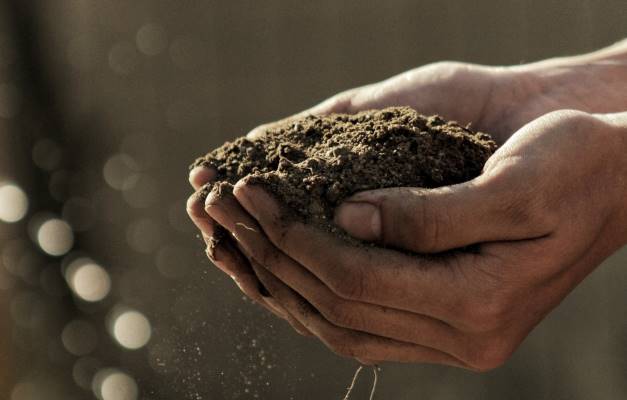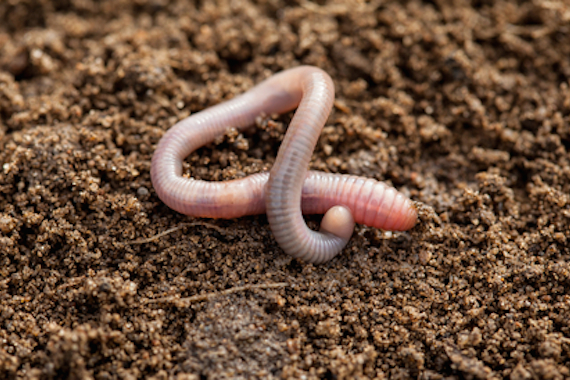Droughts are an ongoing complication for anyone in the agricultural sector. There’s little anyone can do to prevent them, so it’s best to prepare for the next dry season with research. Here’s how to grow crops in severe drought and succeed in challenging times.
Reuse What You Can
The disappointment of a decaying field is difficult to grapple with when a drought hits later in a growing season. Before removing the plants, think about reusing them. Wheat and corn could thrive if carefully replanted during the following season. Alfalfa, soybeans and small grains could have great silage potential. It depends on what you planted before the drought began.
Consider Midsummer Planting
If a drought begins in the spring, you may be able to replant everything in the middle of the summer. In the meantime, prepare the soil with an organic fertilizer like eggshells so it’s full of nutrients when the plants need to form root systems. The delayed planting will shift your annual harvesting schedule, but it will maintain your farm’s profitability instead of missing an entire season.
Keep Seedlings Separate
You may have your seeds ready to go when a drought strikes. If that’s the case, keep the plants above the ground. Plant the seeds in containers and use a humidity dome to keep them moist when watered to prolong their absorption during germination.
You’ll double the life span of each watering session and help your plants stay on schedule. The seedlings will be ready to plant in the ground when water is easier to access or the drought passes.
Weed Thoroughly and Often
Weeds pose a greater danger during droughts than in typical seasons. They steal any available water from the profitable plants. It’s essential to weed thoroughly and often to prevent this from happening. Check for budding weeds multiple times per week or as you tend your farm every day.
While you’re out with your plants more frequently, you may notice differences in your crops. Droughts are symptoms of climate change, which affects farms in more ways than stealing water. Global warming can cause plants to grow taller to cool themselves off. The heat can also cause some weeds to thrive more than others.
Pick Drought-Tolerant Crops
Areas with ongoing droughts may require farmers to change what they grow. Drought-tolerant crops are plentiful and can produce a profitable harvest. Think about growing plants such as:
- Rice
- Maize
- Cowpeas
- Wheat
You’ll increase your farm crop yields and maintain a steady income no matter what the climate does. It’s an excellent response to challenging times. You won’t have to worry nearly as much about water levels, rain systems or soil moisture.
Research Social Safety Nets
Experts in Africa know that individuals can only do so much to battle climate change. There’s much more hope when people work together. Social safety nets exist for farmers in various regions of the continent who need help getting through droughts.
In Ethiopia, the Rural Productive Safety Net Project (RPSNP) provides food to insecure rural areas that suffer more intensely from droughts. The Productive Safety Net Program (PSNP) also makes farms bounce back twice as fast through funding and food transfers and is available throughout Africa.
Look into these programs and others to see what’s available for your farm’s location. You may find additional resources and people willing to help you through the next drought.
Study Growing Crops in Severe Droughts
Anyone can learn about growing crops in severe drought conditions to improve their farming future. Investigating local or national resources, reusing crops and even growing seedlings in containers will help you fight the symptoms of climate change until the environment improves.










[…] source […]
Comments are closed.